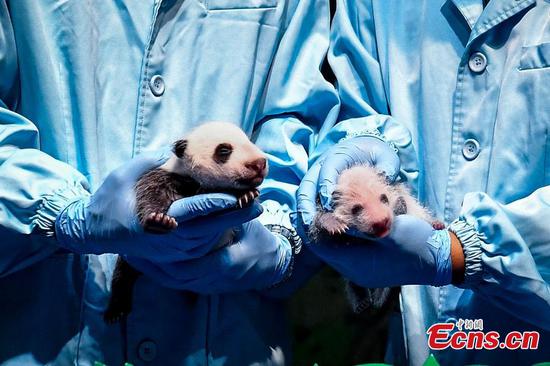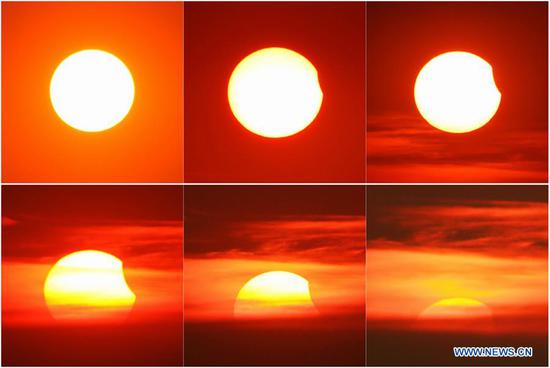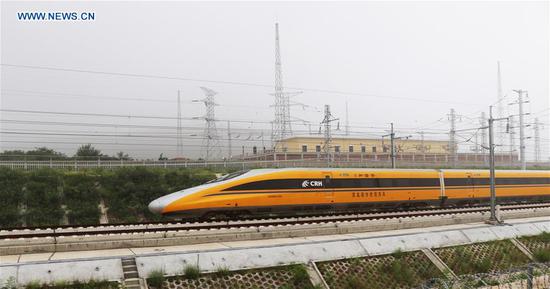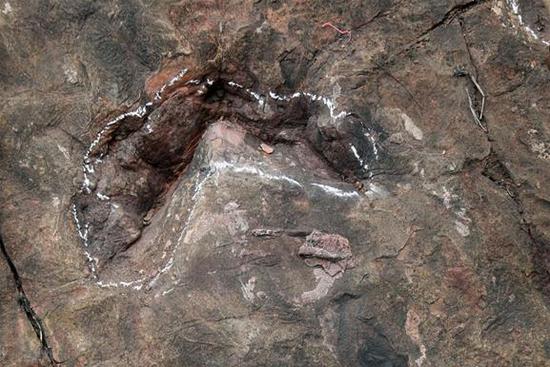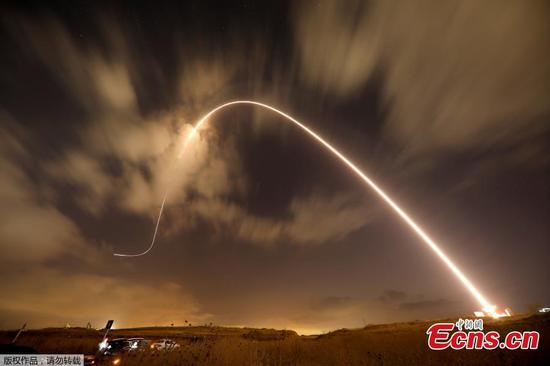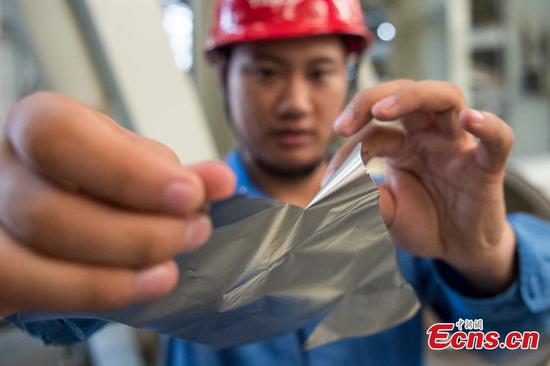NASA's Parker Solar Probe, the fastest spacecraft in history, blasted off atop a Delta IV Heavy rocket in the U.S. state of Florida on Sunday, on a mission to study the Sun at closer range than any other spacecraft.
The probe has started its journey to the Sun's fiery corona amidst brutal heat and radiation conditions.
The rocket was launched from Space Launch Complex 37 at the Cape Canaveral Air Force Station in Florida at 3:31 a.m. EDT (0731 GMT), carrying the small car-sized probe toward the Sun with a whopping 55 times more energy than is required to reach Mars.
It is humanity's first close visit to a star and will revolutionize our understanding of the Sun.
Zooming through space in a highly elliptical orbit, the Parker Solar Probe will reach speeds of up to 430,000 miles (690,000 km) per hour, fast enough to get from Washington to Beijing in less than one minute.
During its mission lifetime of under seven years, the probe will complete 24 orbits of the Sun and fly within 3.7 million miles (6 million km) of the Sun's surface at closest approach.
CLOSING IN ON THE SUN
As getting so close to the Sun requires slowing down, Parker will use the gravity of our neighbor planet, Venus: seven times.
"Parker Solar Probe uses Venus to adjust its course and slow down in order to put the spacecraft on the best trajectory," said Andy Driesman, project manager for the mission at the Johns Hopkins Applied Physics Lab.
In an orbit this close to the Sun, the real challenge is to keep the spacecraft from burning up.
According to NASA, the heat shield is made of a 4.5-inch thick carbon composite foam material between two carbon fiber face sheets.
While the Sun-facing side simmers at about 1,400 degrees Celsius, behind the shield the spacecraft will be 30 degrees Celsius.
Also, the spacecraft is designed to autonomously keep itself safe and on track to the Sun as several sensors are attached to its body along the edge of the shadow from the heat shield.
If any of these sensors detect sunlight, they alert the central computer and the spacecraft can correct its position to keep the sensors, and the rest of the instruments, protected, all happening without any human intervention, according to NASA.
UNRAVELING CORONA'S SECRET
The Parker Solar Probe is the first NASA mission to be named after a living individual, Eugene Parker.
Born in 1927, Parker is a solar physicist who in 1958 first predicted the existence of the solar wind, the stream of charged particles and magnetic fields that flow continuously from the Sun, bathing Earth.
The spacecraft's path through the corona will allow it to observe the acceleration of the solar wind that makes a critical transition from slower than the speed of sound to faster than it.
The corona is also where the solar material is heated to millions of degrees and where the most extreme events on the Sun occur, such as solar flares and coronal mass ejections, accelerating particles to a fraction of the speed of light.
These explosions create space weather events that can pummel Earth with high energy particles, endangering astronauts, interfering with GPS and communications satellites and, at their worst, disrupting our power grid.
The Parker Solar Probe's instruments should reveal the mechanisms at work behind the acceleration of solar energetic particles, which can reach speeds more than half as fast as the speed of light as they rocket away from the Sun.
Among them are the FIELDS suite that measures the electric and magnetic fields around the spacecraft and SWEAP that counts particles in the solar wind and measures their velocity, density and temperature.
Three months later, the Parker Solar Probe will reach its first close approach of the Sun, and will send the data back in December.
"By studying our star, we can learn not only more about the Sun," said Thomas Zurbuchen, the associate administrator for the Science Mission Directorate at NASA's headquarters. "We can also learn more about all the other stars throughout the galaxy, the universe and even life's beginnings."









